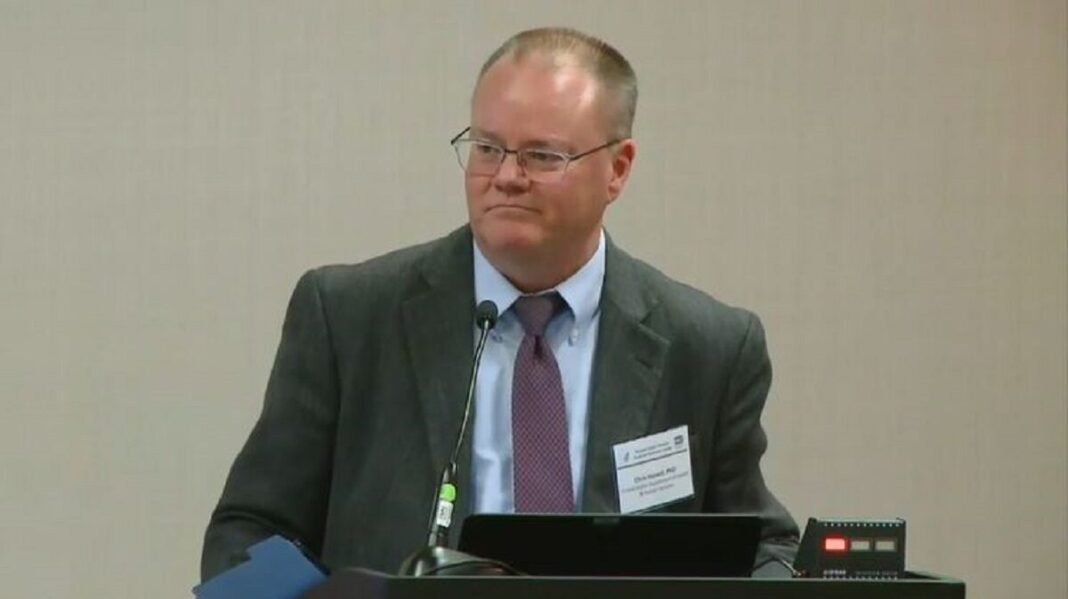GRAND FORKS, North Dakota—One by one, residents opposed to a corn mill investment by a Chinese company with reputed ties to the Chinese Communist Party (CCP) through its chairman, got up to chastise the mayor and city council of Grand Forks, North Dakota.
“You guys are the scariest people I know. You are willing to endanger this city, the people, the country, and this nation,” said Dennis Kadlec, an outspoken critic of the project.
He believes city officials have ignored residents’ concerns over the project and the flag they serve.
“This is a republic. Please treat it as such,” Kadlec said.
Kadlec’s accusations of inaction and secrecy on the part of city officials seemed to resonate with other concerned citizens at the city council meeting on Sept. 6.
The group views the corn mill as a potential Chinese spying operation and a threat to the environment and municipal resources.
Some residents see divisions over the project worsening in a close-knit agricultural community of 56,000, where sugar beets and wheat—not corn—are king.
The city of Grand Forks is not a significant producer of corn, either, straddling the Minnesota border about 75 miles south of Canada, where winter temperatures can drop to well below zero.
So the question arises: why would a Chinese company build a corn mill in Grand Forks when harvest volumes are so low?
Critics who fear Chinese espionage say one needs to look no further than Grand Forks Air Force Base, about 12 miles away. The base stores and tests the military’s sensitive drone, satellite, and surveillance technology.
However, city officials supporting the corn mill see the project as an economic opportunity too good to pass up. As the most significant single capital investment in the city’s history, it promises 230 permanent high-paying jobs, higher corn prices for regional growers, and other long-term benefits.
Fufeng USA, the American subsidiary of Fufeng Group, wants to build on 370 acres it acquired that would add millions in sales and property tax revenues and improve city infrastructure.
The “wet corn” mill would employ thousands of workers during construction and, in operation, extract ingredients used to produce animal feed products for sale in the domestic market.
By Allan Stein









